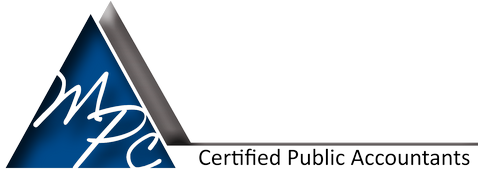Qualified Opportunity Funds Present a New Tax Savings Opportunity
The Tax Cuts and Jobs Act added Sec. 1400Z which allows taxable gains invested in a Qualified Opportunity Fund (QOF) to be temporarily deferred and adds the potential for any appreciation in the Qualified Opportunity Fund investment to be permanently excluded from tax.
The gain to be deferred can arise from the sale of any property. The law does not specify that it must be a capital gain. It can be from any property held by the taxpayer. Also, the reinvestment does not need to be in a similar property as would be required by a like-kind exchange.
The gain (not the total proceeds) must be invested in a Qualified Opportunity Fund within 180 days of the sale of the property that produced the gain. The QOF can be a partnership or a corporation. The QOF subsequently invests in a Qualified Opportunity Zone (QOZ). These are low income zones designated by the governor of each state. The investment in the QOZ must be new property or must include an improvement to existing property equal to or greater than the purchase price of the property.
The deferred gain is not taxed until the period ending December 31, 2026, or the sale of the investment in the QOF, whichever comes first.
If the investment is held by the QOF for five years, the taxpayer receives a step-up in basis equal to 10% of the investment in the QOF. If the investment is held for seven years, the taxpayer gets an additional 5% step-up in basis. Therefore, if the investment is held for 7 years, the tax is computed on only 85% of the original gain invested in the QOF.
If the investment is held by the QOF for 10 years, any capital gain on the appreciation in the investment is permanently exempt from taxation. Only the portion of the investment relating to the original gain being deferred is eligible for exemption from taxation.
There are 252 zones designated in North Carolina covering all 100 counties. The zones include 1.1 million people, 50,000 businesses, and have received $580 million in public and private investment over the last 5 years. See the map at the link below for specific locations.
Map of Qualified Opportunity Zones
This is an opportunity to defer and reduce the tax on a gain and to eliminate the tax on any appreciation in an investment in a low income community.
Although this could be an excellent tax opportunity, there is still investment risk. An investment in a QOF may not perform as well as other investments. It is advisable to proceed with caution and to investigate the economics of any QOF investment.

